Lens Accessories Guide
Compatibility with camera/lens brand
Each camera and lens brand has its own specific mount and specifications, so it is essential to ensure that the accessory you choose is designed to work seamlessly with your gear. For example, if you have a Canon DSLR camera, you would want to look for lens accessories that are compatible with the Canon EF or EF-S mount.
Some popular lens accessories that exemplify compatibility with camera/lens brands are extension tubes. Extension tubes are hollow tubes that are placed between the camera body and lens, allowing your lens to focus closer and achieve higher magnification. These tubes come in different varieties specific to each camera brand, such as the Kenko DG Extension Tubes, which are available for Canon, Nikon, and Sony lenses. Another compatible lens accessory is the teleconverter, also known as extenders, which increases the focal length of your lens. For Canon DSLR users, the Canon Extender EF 1.4x III and Canon Extender EF 2x III are specifically designed to work with Canon lenses, providing increased reach while maintaining optimal image quality.
Lens type (prime or zoom)
Prime lenses have a fixed focal length, offering superior image quality due to the absence of zoom mechanisms. For photographers who prioritize sharpness and wide apertures, prime lenses are an excellent choice. For instance, the Canon EF 50mm f/1.4 USM Lens is a popular prime lens that excels at capturing stunning portraits with its large aperture of f/1.4. On the other hand, zoom lenses provide the flexibility of variable focal lengths, allowing photographers to frame their subjects at various distances without physically moving closer or farther. A highly regarded example is the Nikon AF-S NIKKOR 70-200mm f/2.8E FL ED VR Lens, renowned for its versatile focal range and exceptional optical performance. It offers image stabilization (VR stands for Vibration Reduction) and a fast maximum aperture of f/2.8 throughout the zoom range, delivering great results in a wide range of photographic situations.
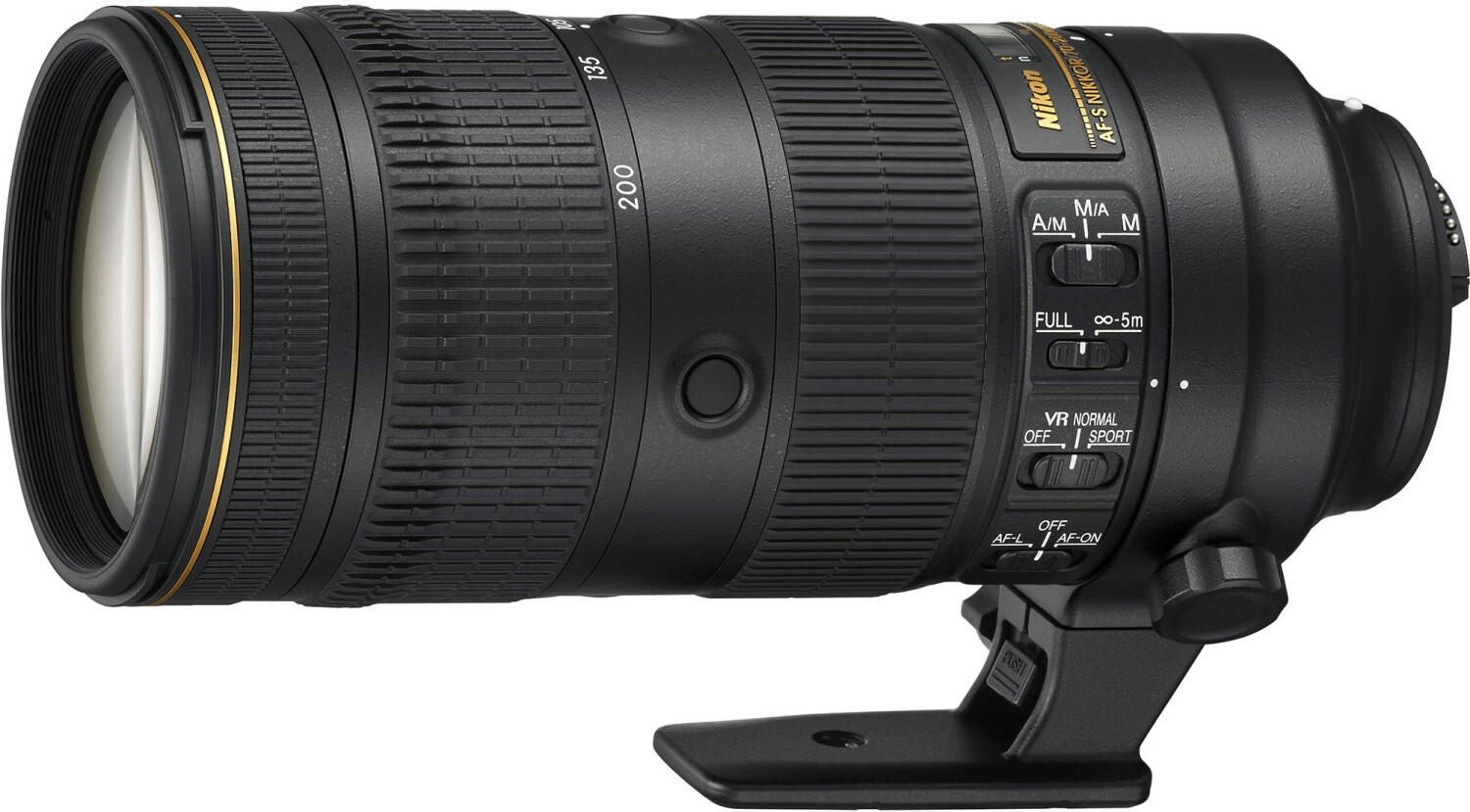
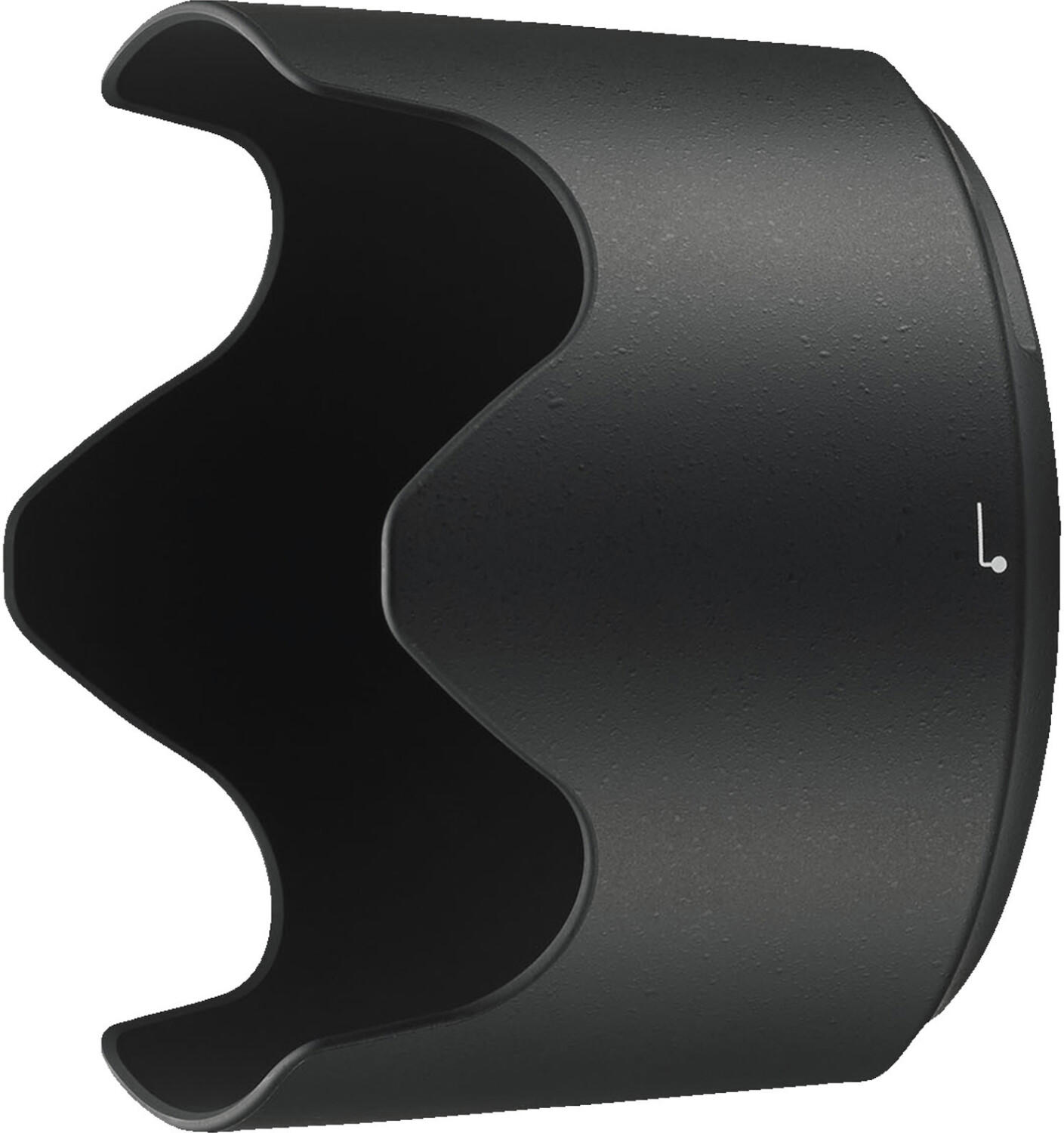
Focal length range
The focal length range of a lens determines its versatility, allowing photographers to capture a variety of scenes and subjects with ease. For example, if you are looking for a lens with a wider focal length range, you might consider the Canon EF 24-70mm f/2.8L II USM Lens or the Nikon AF-S NIKKOR 24-70mm f/2.8E ED VR Lens, both of which are excellent choices for capturing landscapes, portraits, and everyday shots. On the other hand, if you're focusing on telephoto photography, lenses like the Sony FE 70-200mm f/2.8 GM OSS Lens or the Sigma 150-600mm f/5-6.3 DG OS HSM Contemporary Lens can provide a wider zoom range, ideal for wildlife or sports photography. Regardless of your shooting style or subject matter, selecting a lens with a well-suited focal length range is crucial in achieving the desired results.
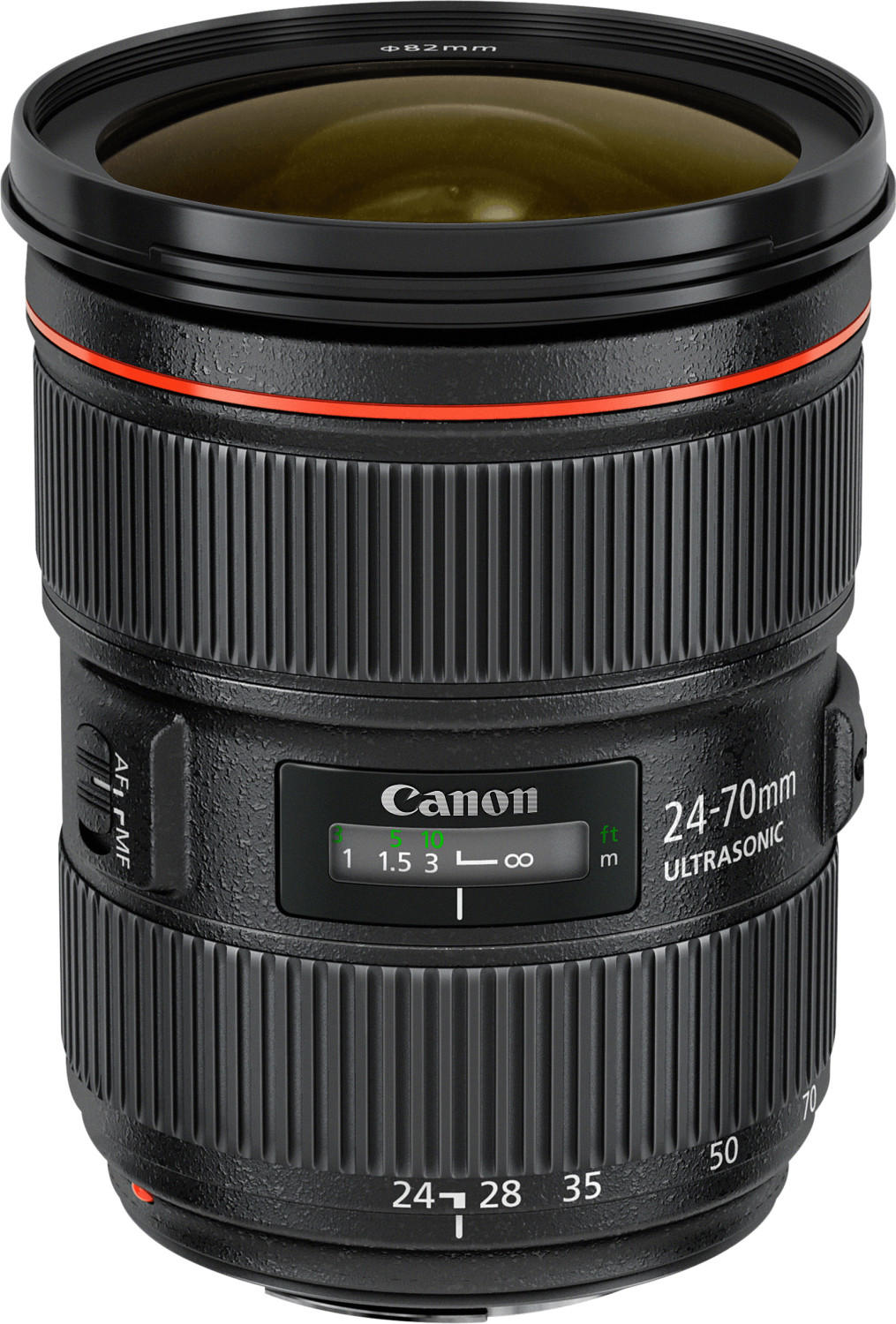
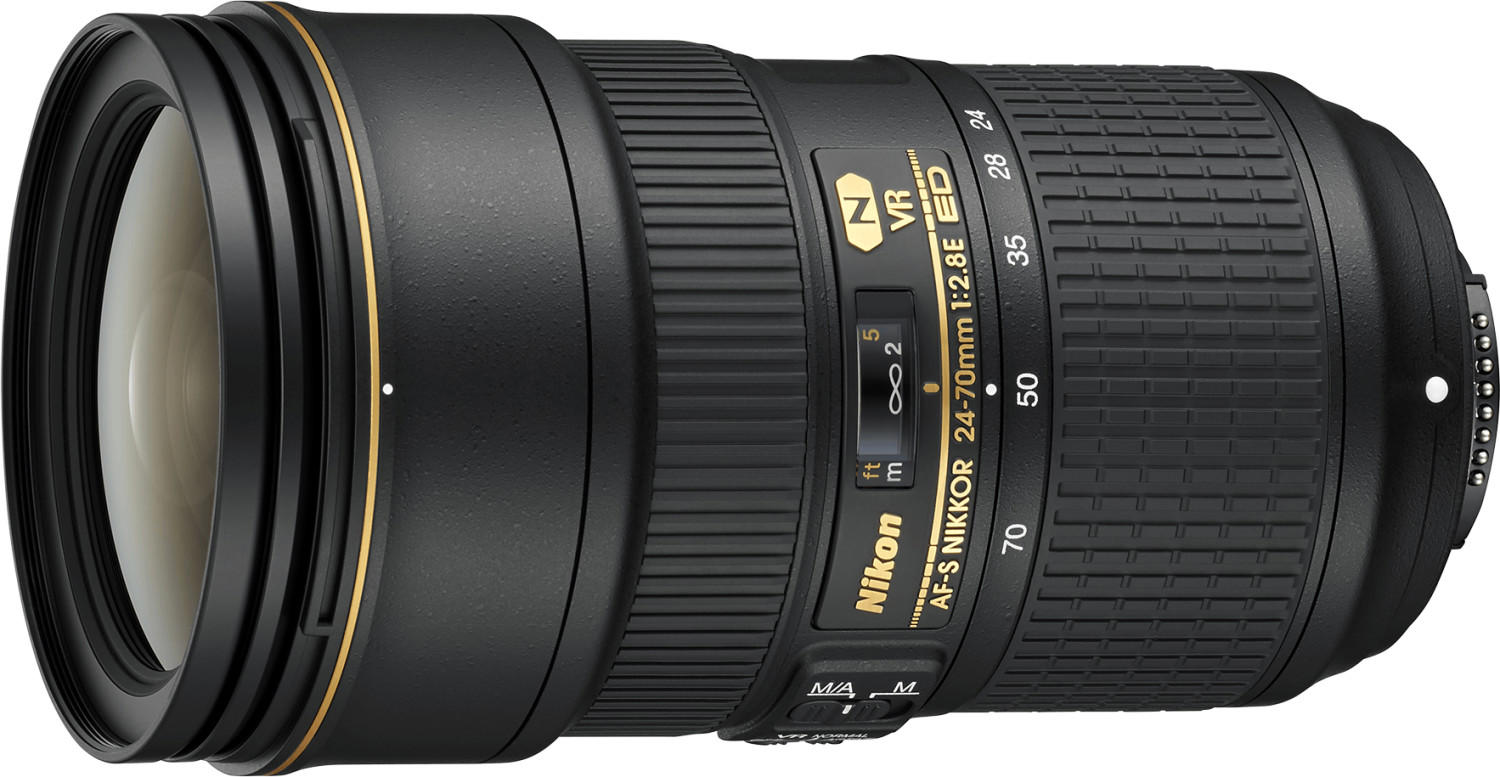
Lens mount type
The lens mount refers to the specific interface that connects the lens to the camera body. There are various lens mount types available in the market, each corresponding to different camera brands and models.
For Canon EF mount lenses, a compatible lens accessory would be the Canon EF 50mm f/1.8 STM Lens. This 50mm prime lens offers a wide maximum aperture of f/1.8, allowing for beautiful bokeh and low-light performance. It is designed for Canon EOS DSLR cameras, has a focusing distance of 14 inches, and features a 7-blade diaphragm for smooth out-of-focus areas.
For Nikon F mount lenses, an excellent choice would be the Nikon AF-S DX 35mm f/1.8G Lens. This lens is optimized for use with Nikon DX-format DSLR cameras and offers a 35mm focal length. It has a maximum aperture of f/1.8, allowing for crisp images in low-light conditions, and includes Nikon's Silent Wave Motor for quick and quiet autofocus.
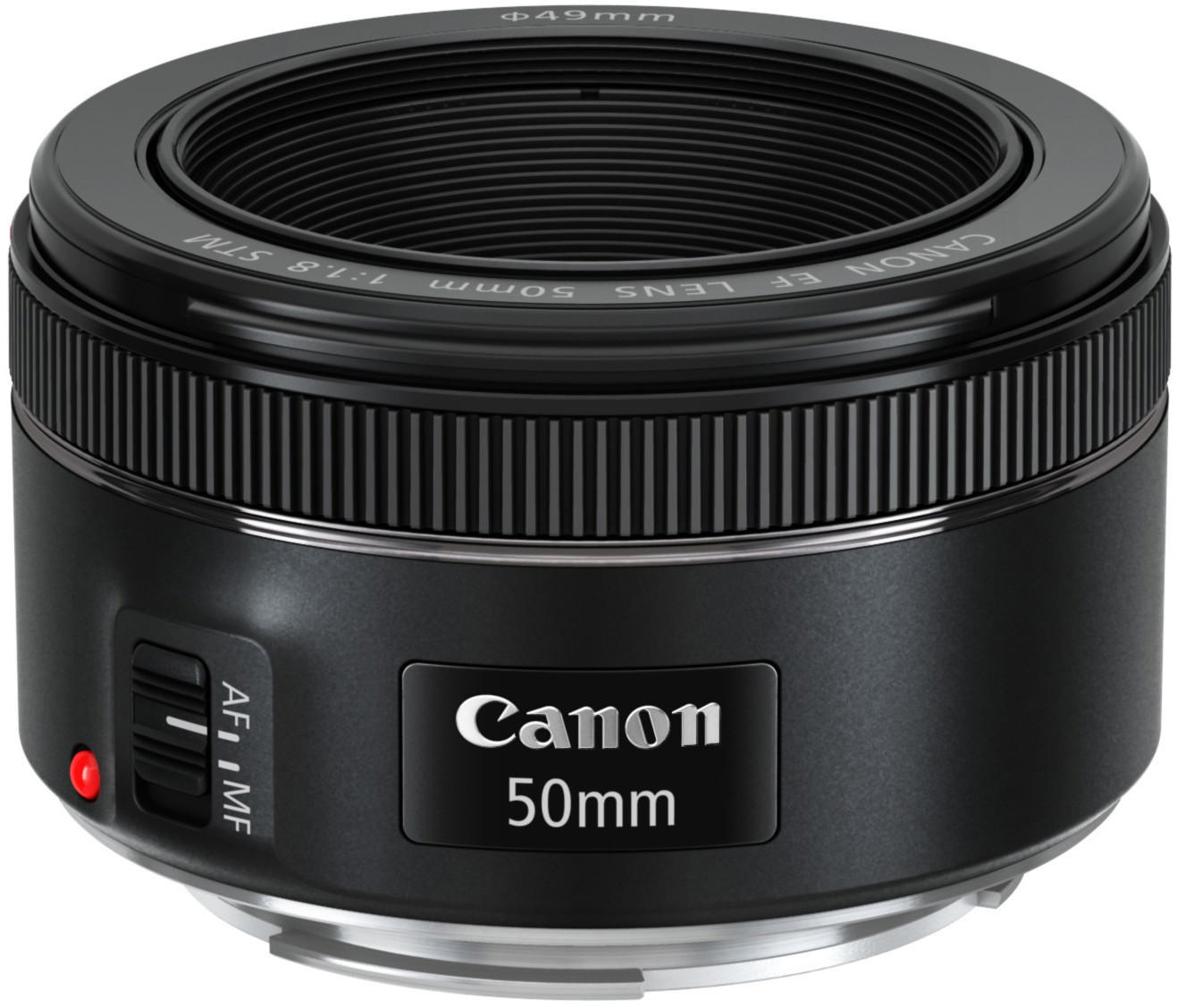
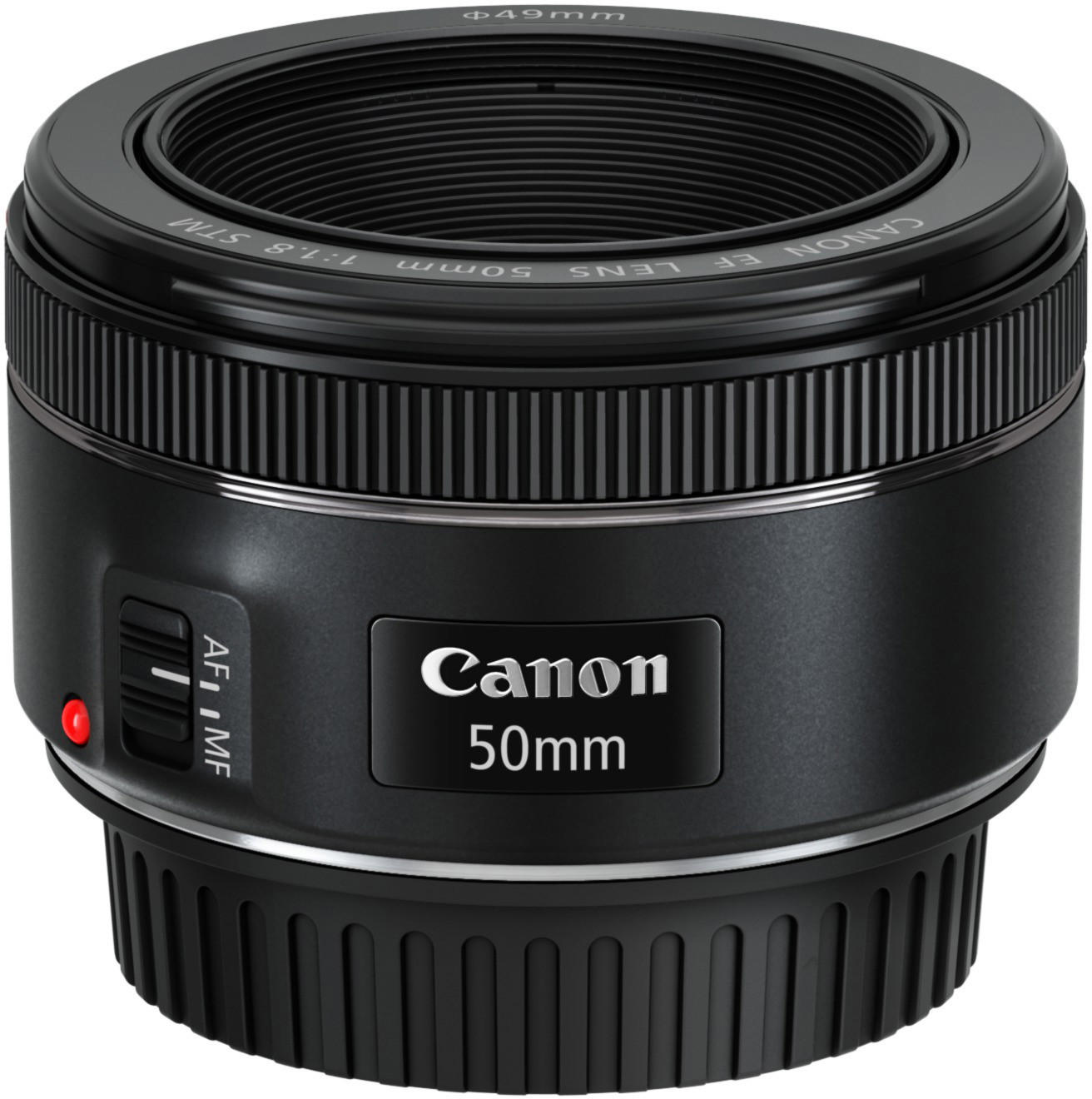
Other lens mount types, such as Sony E-mount or Fujifilm X-mount, also have their own dedicated lens accessories available. Make sure to choose lens accessories that are compatible with your specific camera model and lens mount type.
Aperture range
The aperture range determines the maximum and minimum opening of the lens, which controls the amount of light entering the camera. A wider aperture range allows for more flexibility in adjusting exposure, capturing stunning photos in a variety of lighting conditions. For photographers looking for a lens with a versatile aperture range, the Canon EF 24-70mm f/2.8L II USM Lens and the Nikon AF-S NIKKOR 24-70mm f/2.8E ED VR Lens are excellent choices. Both lenses offer a constant aperture of f/2.8 throughout the zoom range, providing exceptional low-light performance and depth-of-field control. Additionally, the Sigma 18-35mm f/1.8 DC HSM Art Lens stands out among APS-C format lenses with its remarkable maximum aperture of f/1.8, delivering stunning image quality and bokeh effects.


Image stabilization
Image stabilization helps minimize camera shake and allows you to capture sharper images, especially in low-light or handheld shooting situations. Several lens manufacturers offer their own image stabilization technologies, such as Canon's Optical Image Stabilization (IS) and Nikon's Vibration Reduction (VR). These systems use gyroscopic sensors to detect and counteract any movement in the lens, resulting in sharper images.
For Canon lenses, the Canon EF-S 10-18mm f/4.5-5.6 IS STM and the Canon EF 70-200mm f/2.8L IS III USM are excellent choices with outstanding image stabilization. The EF-S 10-18mm lens is ideal for wide-angle landscapes and has a four-stop optical Image Stabilizer, which allows for steady handheld shooting. The EF 70-200mm lens, on the other hand, is a versatile telephoto lens perfect for sports or wildlife photography, equipped with a three-mode image stabilizer that compensates for a wide range of movements.
In the Nikon lineup, the Nikon AF-S DX NIKKOR 18-300mm f/3.5-6.3G ED VR and the Nikon AF-S NIKKOR 200-500mm f/5.6E ED VR are noteworthy options. The NIKKOR 18-300mm lens offers a high zoom ratio along with its effective Vibration Reduction technology, which reduces camera shake for up to four stops of image stabilization. On the other hand, the NIKKOR 200-500mm lens is a powerful telephoto zoom lens suitable for wildlife and sports shooting, featuring Nikon's Vibration Reduction system that provides up to 4.5 stops of stability.
These lenses, along with other lens accessories that incorporate effective image stabilization technologies, provide photographers with sharper, clearer images by compensating for the subtlest camera movements.
Autofocus capabilities
Autofocus functionality is crucial for capturing crisp and clear images quickly. There are a variety of lens accessories available that can enhance the focus capabilities of your lenses. For example, the Canon EF 100-400mm f/4.5-5.6L IS II USM Lens features a fast and accurate autofocus system thanks to its Dual Pixel CMOS AF technology. This lens also has a customizable autofocus speed and tracking sensitivity, allowing you to adjust the autofocus system according to your specific shooting needs. Another option is the Nikon AF-P NIKKOR 70-300mm f/4.5-5.6E ED VR Lens, which incorporates a Silent Wave Motor (SWM) for quiet and precise autofocus. Its Vibration Reduction (VR) technology ensures stable handheld shooting and reduces the effects of camera shake. Both lenses offer excellent autofocus capabilities, making them suitable for capturing fast-paced action or wildlife photography.
Filter compatibility/size
Filters are essential for photographers as they enhance image quality, reduce reflections, and allow for creative effects. Before purchasing, ensure that the filters are compatible with the lens diameter. For instance, the SANDMARC Circular Polarizer Filter is available in various sizes and provides excellent compatibility with many lens diameters, making it a versatile option. Another product, the B+W XS-Pro UV Haze MRC-Nano Filter, offers high-quality optical glass that reduces ultraviolet light without affecting color balance. It is available in different thread sizes, allowing for compatibility with a wide range of lenses. It is vital to check the lens specifications or consult the manufacturer's website to determine the correct filter size for your particular lens, ensuring maximum effectiveness and ease of use.
Lens hood design
When it comes to lens accessories, one important aspect to consider is the lens hood design. A lens hood is an attachment that helps reduce lens flare and ghosting by blocking out stray light. There are different types of lens hood designs available in the market. The most common ones include the petal-shaped lens hood, round lens hood, and rectangular lens hood.
One popular lens hood option is the petal-shaped lens hood, which is designed to fit a particular lens and is effective at preventing unwanted light from entering the lens. The Canon ES-68 Lens Hood is a great example of a petal-shaped lens hood, designed specifically for the Canon EF 50mm f/1.8 STM lens. It helps minimize flare and maintains excellent image contrast. Another type is the round lens hood, like the Nikon HB-32 Lens Hood, which is suitable for standard and telephoto zoom lenses. This lens hood blocks the light from angles outside the covered field of view, resulting in improved image quality. Finally, there are rectangular lens hoods, such as the Sony ALC-SH130 Lens Hood, which are often used for wide-angle lenses to prevent vignetting and maintain optimum image quality throughout the frame.
Lens cap design
Lens caps come in different designs such as clip-on, snap-on, and push-in. Clip-on lens caps are designed to easily slide onto the front of the lens, providing a secure fit. They are often made with high-quality materials like aluminum or plastic to ensure durability and protection. One example of a reliable clip-on lens cap is the Glide Gear Foldable Clip-on Lens Cap, which fits securely onto the lens and can be quickly attached or detached when needed.
Snap-on lens caps have a groove ring that snaps onto the lens, providing a firm grip. These caps are often made with hard plastic and offer decent protection against scratches and dust. The Canon E-67II Front Lens Cap is an ideal example of a snap-on lens cap that fits perfectly on lenses with a 67mm filter diameter.
Push-in lens caps, also known as slip-on caps, are designed to be pushed directly onto the front of the lens. They are usually made with flexible and stretchable rubber, allowing them to fit various diameter lenses. The Sensei CAP10 Push-In Lens Cap is a reliable example of a push-in cap that stretches to fit lenses with a 58mm diameter, providing a snug fit and ultimate protection. Overall, the choice of lens cap design depends on personal preference and the specific requirements of the photographer.
Lens case/bag included
A lens case or bag helps protect your lens from dust, dirt, and scratches while ensuring safe transportation. Some lens cases come with a soft interior lining and a weather-resistant exterior, providing an added layer of protection. For photographers who require extra mobility, a lens bag with a shoulder strap or belt loop can be more convenient. Some popular lens case options on the market include the Lowepro LensCase 9 x 13cm, which features a durable construction, a dual-zippered closure, and a slip lock attachment, and the Peak Design Lens Case Series, which offers a custom-molded, one-piece design for secure storage and quick access.
Lens material (glass/plastic)
Generally, there are two main materials used in lens accessories, glass, and plastic.
Glass lenses are known for their superior optical clarity and image quality. They are typically made of high-quality optical glass, which reduces lens flare, chromatic aberration, and distortion. Glass lenses provide excellent sharpness, contrast, and color accuracy, delivering stunningly clear and sharp images. Some recommended glass lens accessories include the Canon EF 50mm f/1.8 STM Lens and the Nikon AF-S FX NIKKOR 35mm f/1.8G ED Lens. These lenses offer exceptional image quality due to the use of high-quality glass elements, resulting in sharp and true-to-life images.


On the other hand, plastic lenses are lighter and more affordable than glass lenses. They are generally made of polycarbonate or acrylic materials, which are lighter and more impact-resistant. While they may not offer the same level of optical quality as glass lenses, they are still capable of producing decent images. Plastic lenses are suitable for casual photographers or those on a budget. Some plastic lens options to consider are the Sony SEL50F18F FE 50mm f/1.8 Lens and the Canon EF 50mm f/1.8 STM Lens. These lenses provide satisfactory image quality while being more cost-effective and lightweight compared to their glass counterparts.


Lens element/coating quality
The lens element quality refers to the materials used to construct the lens, as well as the precision of their manufacture. Higher quality lenses typically use specialized glass elements to enhance sharpness, reduce chromatic aberration, and improve color accuracy. For example, the Canon EF 70-200mm f/2.8L IS III USM Lens features an impressive, fluorite and ultra-low dispersion glass elements to ensure outstanding image quality and minimize optical artifacts.
Coating quality is equally important as it helps reduce lens flare, ghosting, and unwanted reflections. A high-quality lens will often have advanced coatings applied to the lens surface to improve light transmission and minimize internal reflections. The Nikon AF-S DX Nikkor 35mm f/1.8G Lens possesses Nikon's Super Integrated Coating, ensuring excellent light-gathering ability and improved contrast, leading to exceptional image quality in various lighting conditions. It is worth noting that lens accessories fall into various segments, from entry-level to professional-grade options. Some notable examples in the entry-level segment with excellent lens element/coating quality include the Tamron SP 45mm f/1.8 Di VC USD Lens.

Lens weight
Some lenses can be heavy and may put strain on your camera body or tripod when mounted. To address this, there are a few products available in the market that can help support the weight of heavy lenses.
One example is the Manfrotto XPRO Geared Head, which is a tripod head that features strong and durable construction to support the weight of heavy lenses. Its maximum load capacity of 10 kg (22 lbs) ensures stability and reduces the risk of tipping over. Another possible option is the LensCoat BodyGuard, a soft neoprene cover that provides extra padding and protection for your lens and camera body while adding only minimal weight. These examples demonstrate that there are various lens accessories available to address the issue of lens weight, providing additional stability and support when working with heavy lenses.
Lens size/compactness
This criteria is crucial for photographers who value portability and convenience. For those seeking a versatile lens for their camera, the Sony SELP18105G E PZ 18-105mm F4 G OSS Lens is a great option. This lens offers a wide focal length range of 18-105mm, making it suitable for various shooting situations. It is also constructed to be compact and lightweight, weighing only 372 grams and measuring 110mm in length. Another option to consider is the Canon EF-S 24mm f/2.8 STM Lens, perfect for photographers looking for a compact lens for everyday use. It boasts a minimum focusing distance of 0.52 feet, delivering sharp images even up close. With a weight of 125 grams and compact dimensions of 0.91 x 2.68 x 2.68 inches, this lens is easily portable.
Magnification level (for macro lenses)
High magnification allows you to capture intricate details and smaller subjects with stunning clarity. If you are considering a lens extension tube, a great option to consider is the Fotodiox Pro Automatic Macro Extension Tube that offers three different settings for various magnification levels (0.8x, 1.5x, and 2x). These extension tubes are designed to maintain full communication between the lens and camera, maintaining autofocus and metering capabilities.
Another accessory you might consider is a close-up lens filter, such as the Marumi DHG Achromat Macro Lens +3. This specific close-up lens filter has a +3 magnification power, allowing you to get closer to your subject and capture fine details with ease. Close-up lens filters are available in various magnification levels, ranging from +1 to +10, allowing you to choose based on your specific needs and desired level of magnification.
It is worth noting that there are also specialized macro lenses available in the market that offer high magnification capabilities, such as the Canon EF 100mm f/2.8L Macro IS USM Lens, which provides a 1:1 magnification ratio. These macro lenses are designed specifically for close-up photography and offer excellent image quality and sharpness.



Focus distance range
The focus distance range refers to the minimum and maximum distances at which a lens can accurately focus. This is particularly important for photographers who specialize in close-up shots or macro photography. For instance, the Canon EF 100mm f/2.8L Macro IS USM Lens offers a focus distance range of approximately 0.3m to infinity, making it ideal for capturing intricate details of small subjects. On the other hand, if you need a lens with a wider range for versatility, the Nikon AF-S NIKKOR 24-70mm f/2.8E ED VR Lens may be a great option with a focus distance range of 0.38m to infinity. In both cases, understanding the focus distance range allows you to choose a lens accessory that fits your specific photographic needs.



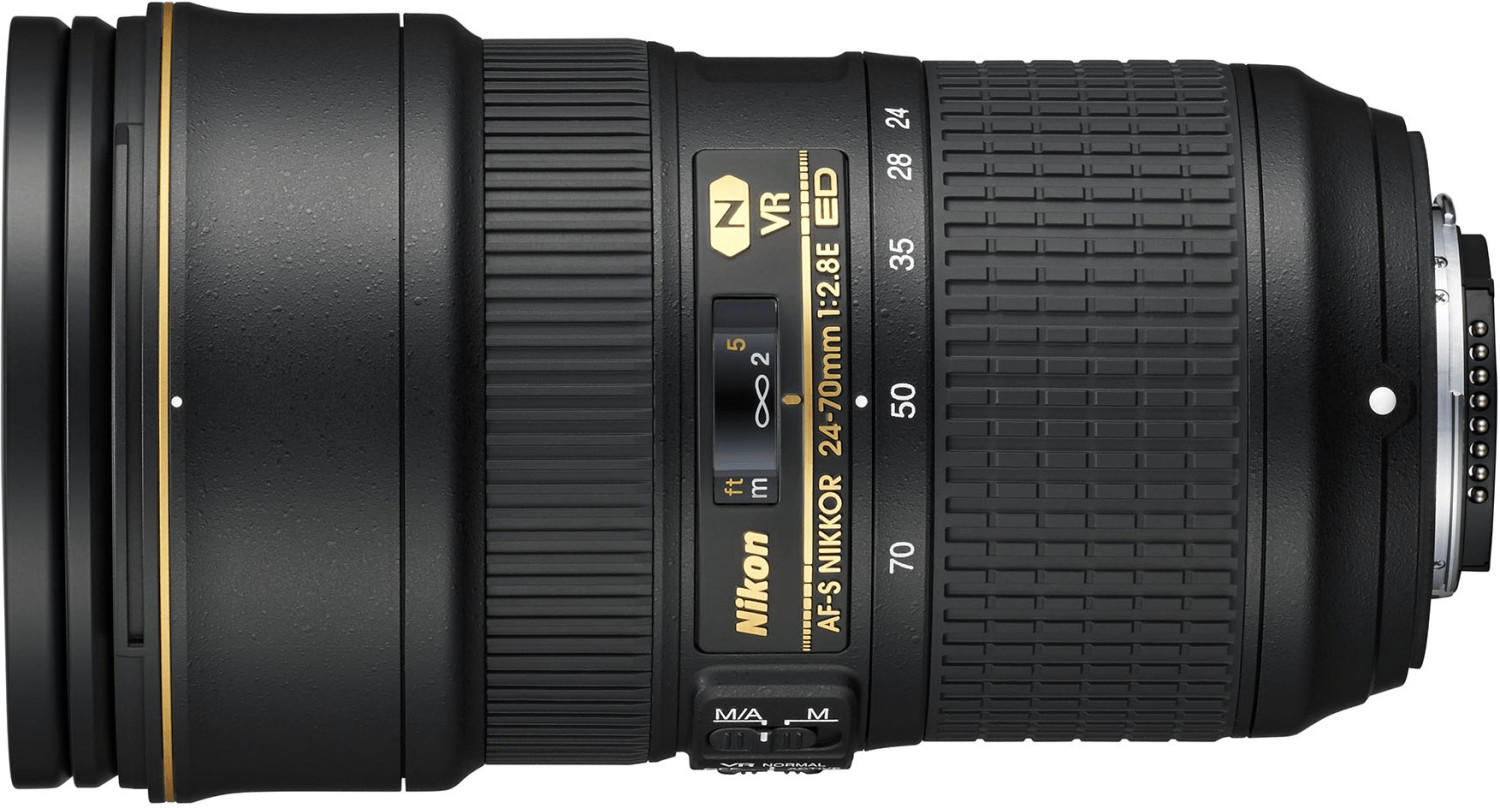
Minimum aperture value
The minimum aperture value, often expressed as f-stop, determines how much light enters your camera lens. A smaller f-stop value means a larger aperture, allowing more light to reach the camera sensor. This is particularly important in low light conditions or when shooting fast-moving subjects.
For example, if you're a wildlife photographer needing to capture clear and detailed images of animals in low light situations, consider a lens accessory like the Sigma 150-600mm f/5-6.3 DG OS HSM Contemporary Lens. This lens offers a maximum aperture value of f/5-6.3, making it suitable for shooting in challenging lighting conditions. Additionally, the Nikon AF-S NIKKOR 70-200mm f/2.8G ED VR II Lens is a popular choice for sports photographers due to its fast-telephoto capabilities with a constant aperture of f/2.8, allowing for excellent image quality and high-speed autofocus even in dimly lit environments.
It's important to note that lens accessories come in different segments based on focal length and lens type. For portrait photography enthusiasts, prime lenses such as the Canon EF 85mm f/1.8 USM Lens with a wide maximum aperture are ideal for producing beautiful and artistic bokeh, highlighting your subject while blurring the background. In contrast, zoom lenses like the Tamron 28-75mm f/2.8 Di III RXD Lens provide versatile focal length options coupled with astonishing low-light performance for everyday photography needs. Ultimately, understanding the minimum aperture value allows you to choose the right lens accessory that suits your specific shooting requirements.
Maximum aperture value
The maximum aperture refers to the widest opening of the lens that allows the most light to enter, which in turn results in brighter and sharper images. The aperture is represented by the f-number, where lower numbers indicate a wider aperture.
In the market, lens accessories can be categorized into different segments based on their maximum aperture. For those looking for excellent low light performance and shallow depth of field, prime lenses with a wide maximum aperture are an ideal choice. For example, the Canon EF 50mm f/1.4 USM lens offers a wide maximum aperture of f/1.4, allowing for stunning low light images and beautiful background blur. On the other hand, zoom lenses with a variable maximum aperture, such as the Nikon AF-S DX NIKKOR 18-200mm f/3.5-5.6G ED VR II, offer versatility and reach with a range of focal lengths, although they may have a narrower maximum aperture at longer focal lengths. For those in need of even wider apertures, specialty lenses like the Sigma 85mm f/1.4 DG HSM Art provide exceptional low light capabilities and stunning bokeh. Ultimately, choosing a lens accessory with the right maximum aperture value will depend on your specific photography needs and shooting conditions.
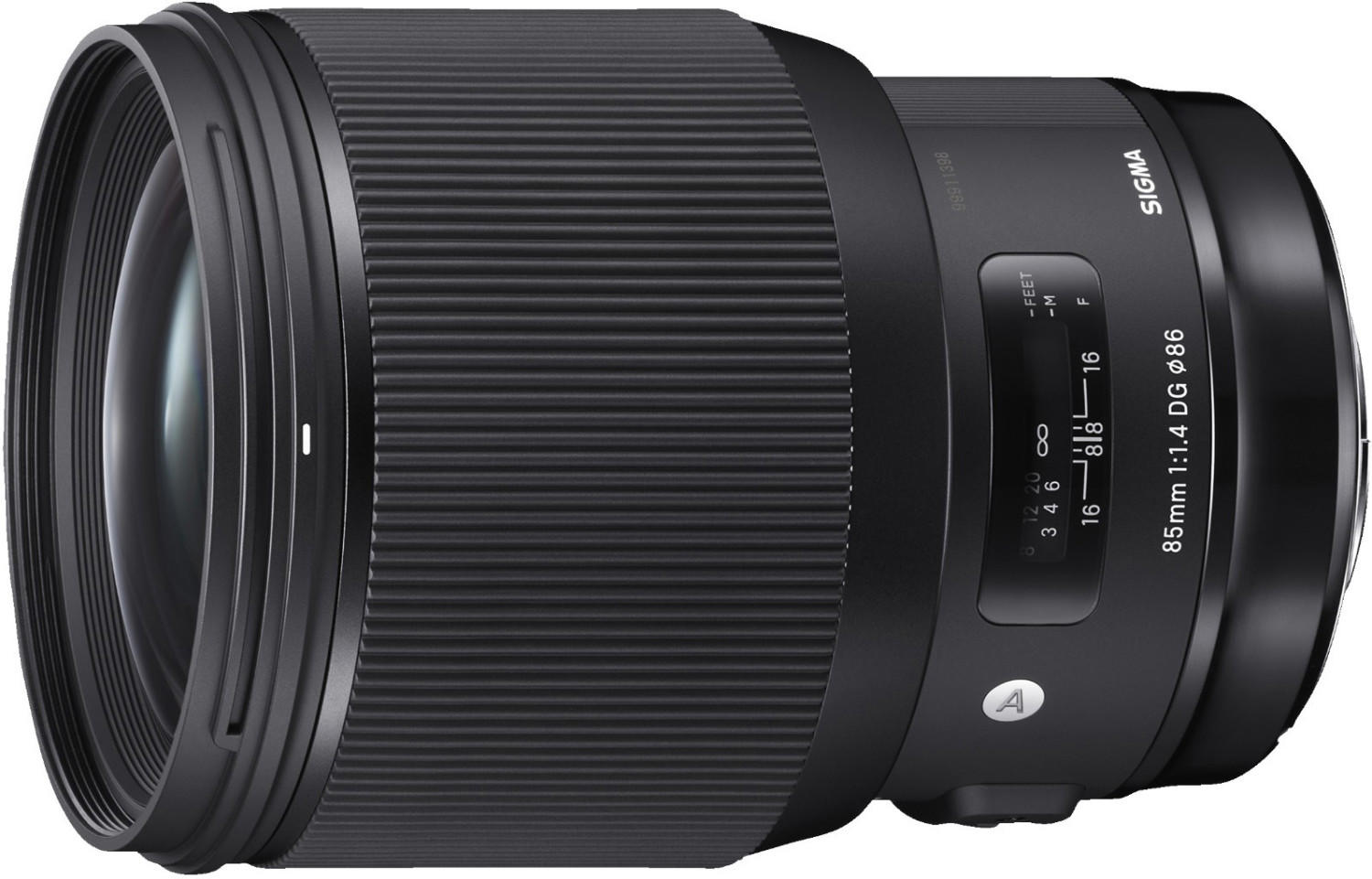
Manual focus capabilities
Manual focus provides photographers with more control over their composition and can be particularly useful for macro and landscape photography. One great manual focus accessory is the Zeiss Milvus 100mm f/2M macro lens, which features a manual focus ring that allows for precise focusing in close-up shots. Another option is the Sony FE 85mm f/1.4 GM lens, known for its excellent manual focus action, perfect for portrait photography. These lenses are not only renowned for their manual focus capabilities but also offer other impressive features such as high optical quality and durable build.
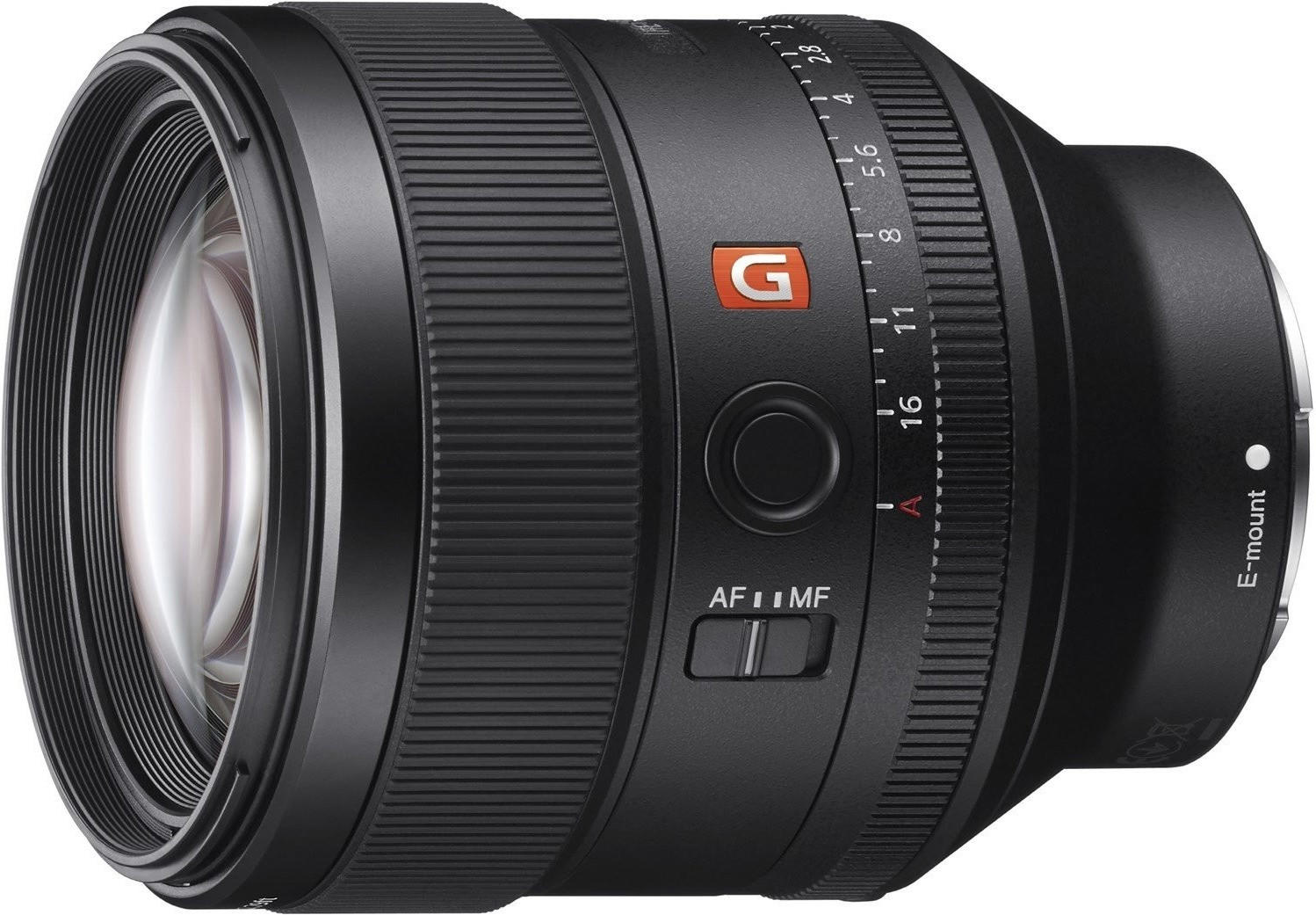

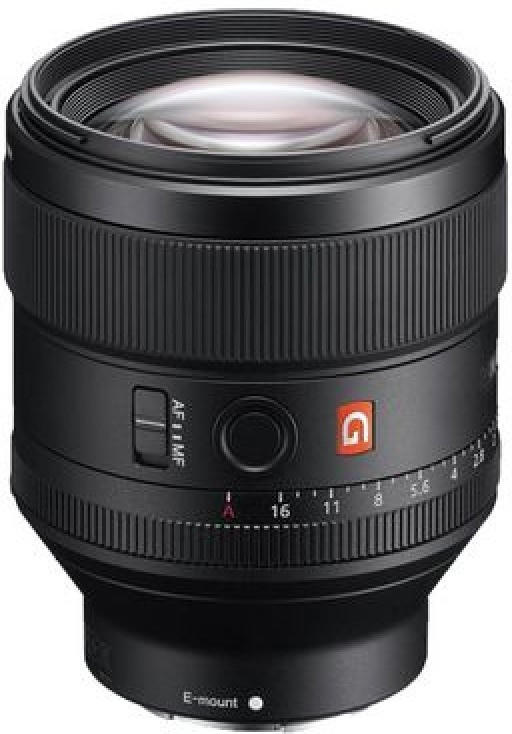
Zoom ring smoothness/precision
This refers to how easily and accurately the zoom ring can be turned to adjust the focal length of the lens. A smooth and precise zoom ring allows for fluid and controlled movements, which enhances the overall shooting experience.
Some lenses known for their exceptional zoom ring smoothness and precision include the 'Canon EF 70-200mm f/2.8L IS III USM' and the 'Nikon AF-S NIKKOR 70-200mm f/2.8E FL ED VR'. These professional-grade telephoto zoom lenses have been praised for their smooth rotation and precise zoom capabilities. With both lenses ranging in focal length from 70mm to 200mm, their zoom rings offer effortless adjustments for capturing everything from close-up portraits to distant action shots.
Aperture ring (for manual lenses)
Wide-angle/telephoto capabilities (for zoom lenses)
Wide-angle lenses have a shorter focal length, allowing you to capture a broader field of view, perfect for landscape photography or capturing large group shots. On the other hand, telephoto lenses have a longer focal length, which magnifies the subject, making it ideal for sports, nature, and wildlife photography.
For those looking to enhance the wide-angle capabilities of their zoom lens, the Canon EF 16-35mm f/2.8L III USM is a fantastic option. With a versatile focal length range and a constant f/2.8 aperture, it captures wide-angle shots with remarkable sharpness and minimal distortion. Similarly, the Nikon AF-S NIKKOR 14-24mm f/2.8G ED offers an ultra-wide angle of view and exceptional image quality, making it an excellent choice for professional photographers specializing in landscape and architecture photography.
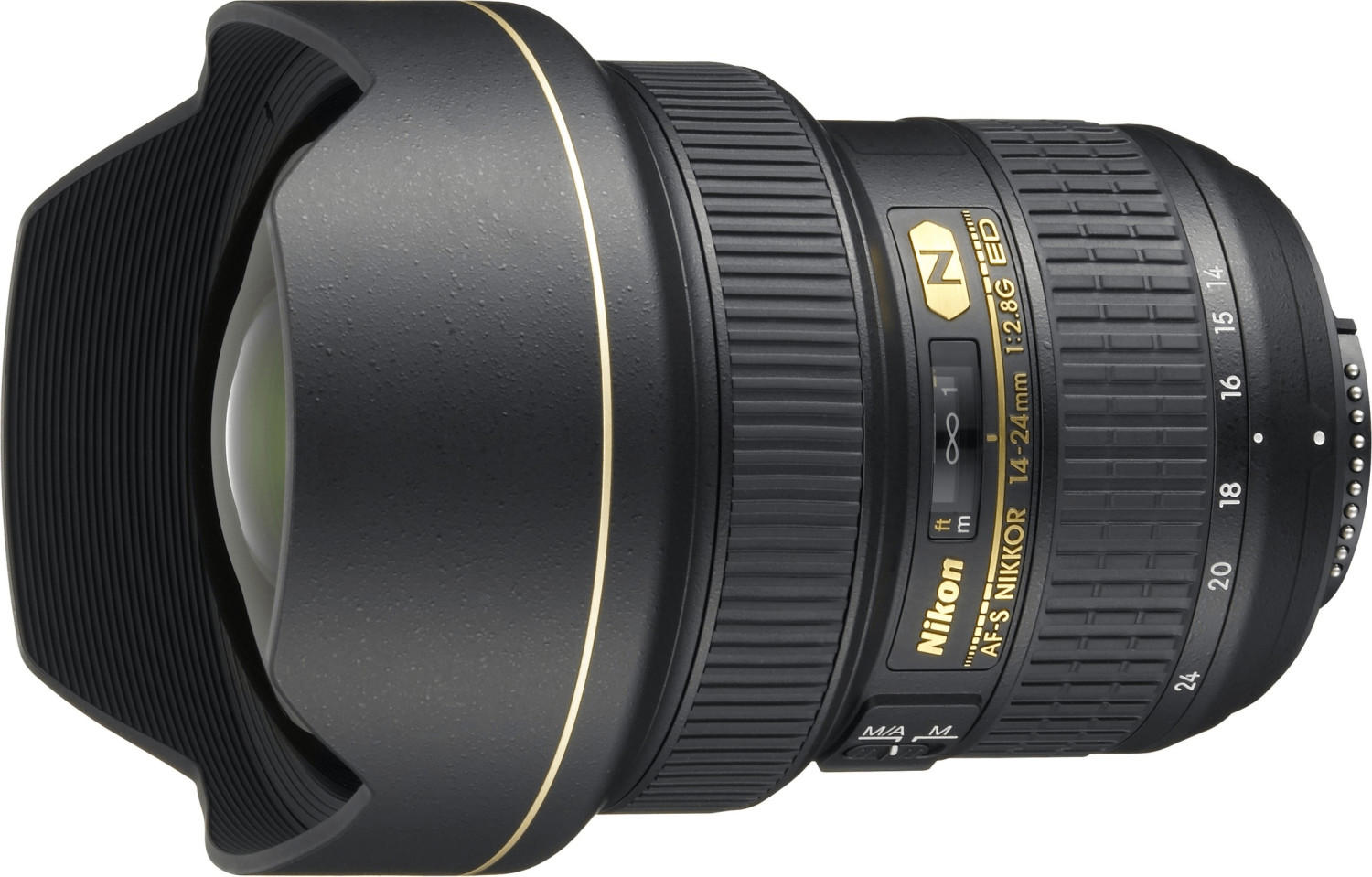
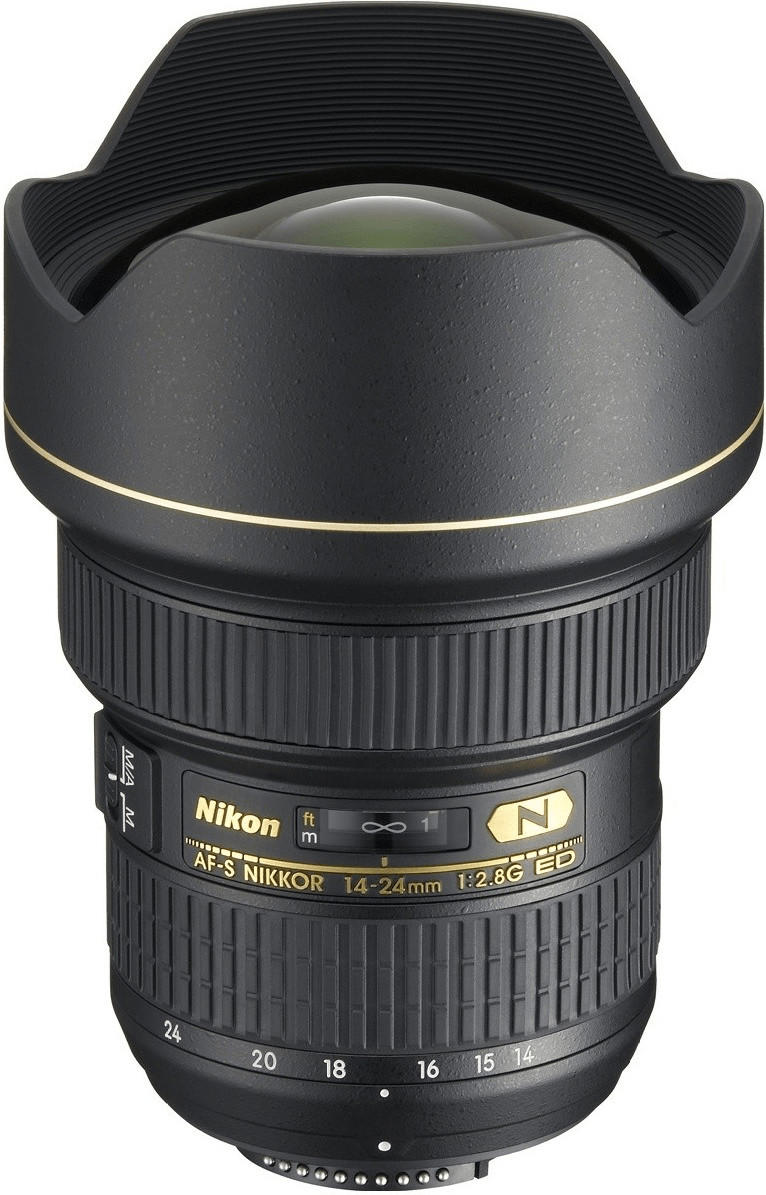
If you're more interested in telephoto capabilities, look no further than the Sony FE 100-400mm f/4.5-5.6 GM OSS lens. With its extensive zoom range and built-in image stabilization, it is perfect for wildlife photography or capturing distant subjects with impressive detail and clarity. Additionally, the Tamron SP 150-600mm f/5-6.3 Di VC USD G2 lens offers an exceptional reach, great for sports and wildlife enthusiasts seeking a high-quality telephoto zoom lens without breaking the bank.
Noise level (for autofocus)
This is particularly crucial for photographers who work in quiet environments or capture live audio recordings. The noise level of the autofocus mechanism can range from quiet whispers to loud humming, so choosing the right accessory can greatly enhance your shooting experience. A lens accessory that is renowned for its low noise levels is the Sony FE 24-70mm F2.8 GM lens. This lens features an advanced Direct Drive Super Sonic wave Motor (DDSSM), which offers impressively quiet autofocus performance. Another option to consider is the Canon EF 50mm f/1.8 STM lens, which boasts a smooth and near-silent focusing mechanism thanks to its STM (Stepping Motor) technology.


Vignetting/flare control
Vignetting refers to the darkening of the corners of an image, which can be caused by certain lenses. Avoiding or minimizing vignetting can greatly enhance the overall aesthetic of your photos. On the other hand, flare control deals with the issue of unwanted reflections or lens flares, which result in reduced contrast and potentially, image quality. Some notable lens accessories that can help with vignetting and flare control include ND filters. These Neutral Density filters are designed to reduce the amount of light that enters the lens, thereby minimizing vignetting and controlling flare. Additionally, Lens Hoods are essential accessories that can effectively block out stray light and prevent unwanted flare. Certain lens manufacturers also provide specific accessories like flare control panels or anti-reflective filters that are specifically designed to tackle these issues. With an array of products available in the market, varying in specifications and results, it is important to thoroughly research the potential products and their compatibility with your lenses before making a decision.
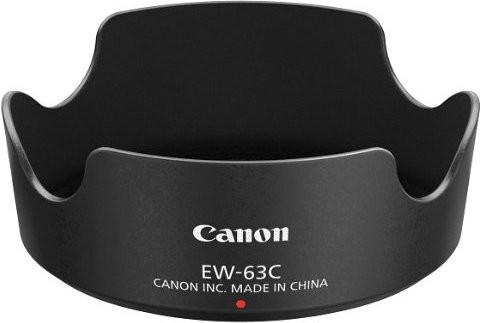
Distortion control
Distortion refers to any aberrations that can occur in an image, such as barrel distortion (where straight lines appear curved outward) or pincushion distortion (where straight lines appear curved inward). To counteract these distortions, lens accessories like Canon Lens Distortion Correction Filter or Nikon Distortion Control Lens can be used. These filters are specifically designed to reduce or eliminate distortions and enhance the overall clarity and quality of the image. Furthermore, there are various lens accessories in the market that are designed to correct specific types of distortions, such as Tokina ATX-i 11-16mm DX II Wide Angle Lens which is widely known for its minimal distortion, making it ideal for architectural and landscape photography. Other options include Zeiss Batis 18mm f/2.8 Lens and Tamron SP 15-30mm f/2.8 Di VC USD G2.
Bokeh quality
Bokeh refers to the aesthetic quality of the out-of-focus areas in an image. If you desire smooth and creamy backgrounds, look for lens accessories that can enhance Bokeh. For example, the NIKON NIKKOR Z 50mm f/1.8 S Lens is renowned for its outstanding Bokeh quality. It features a nine-blade curved diaphragm that delivers round and pleasing out-of-focus highlights, rendering a stunning Bokeh effect in portrait photography. Similarly, the Canon EF 85mm f/1.4L IS USM Lens is praised for its exceptional Bokeh performance. Its large maximum aperture of f/1.4 allows for beautiful background separation and smooth Bokeh for stunning subject isolation in portraits or close-up shots.
Lens construction durability
The longevity and build quality of a lens play a significant role in withstanding everyday use and providing consistent performance over time. The Nikon AF-S NIKKOR 24-70mm f/2.8E ED VR Lens is an excellent example with a rugged build, featuring weather-sealed construction and a durable magnesium alloy barrel. It is well-equipped to endure challenging shooting conditions and provides years of reliable use. Another lens accessory known for its robust construction is the Canon EF 16-35mm f/2.8L III USM Lens, which features a dustproof and drip-proof design ideal for shooting in adverse weather conditions. These lenses' exceptional quality and sturdiness ensure that they can keep up with the demands of professional photographers and avid enthusiasts without compromising the image quality.
Weather resistance
This is especially crucial for photographers who often shoot outdoors in unpredictable weather conditions. The Canon LP1319 Lens Protection Pouch offers excellent protection against light moisture and dust with its weather-resistant construction. It is designed to fit and protect lenses up to 300mm in length, and its top flap ensures quick and easy access to your lens while providing added protection. Another option to consider is the Nikon WR-R10/WR-T10/WR-A10 Wireless Remote Adapter Set, which provides a seamless and weather-resistant connection between your camera and lens accessories. With this set, you can remotely control various camera functions while keeping your equipment safe from moisture and dirt.
Compatibility with lens adapters
Lens adapters allow you to connect lenses to camera bodies with different mounts, expanding your options and versatility in capturing various types of shots. One example of a lens accessory that is compatible with lens adapters is the Metabones Canon EF Lens to Sony E Mount T Smart Adapter Mark V. This adapter allows you to attach Canon EF and EF-S lenses to Sony E mount mirrorless cameras, maintaining the electronic communication between the lens and the camera. Another product worth considering is the VILTROX EF-EOS M2 Electronic Auto-Focus Lens Mount Adapter. This lens adapter is designed to mount Canon EF/EF-S series lenses onto Canon EOS-M mount mirrorless cameras. It includes electronic contacts to enable autofocus, aperture control, and lens stabilization. The compatibility of these lens accessories with lens adapters opens up a wide range of possibilities for photographers and videographers.
Availability of lens profiles for post-processing software
Lens profiles are software applications that correct distortions, aberrations, and other optical flaws specific to individual lenses. They enable you to achieve the highest level of image quality when editing your photos.
One product that offers excellent availability of lens profiles is the Adobe Creative Cloud Photography Plan. This comprehensive plan provides access to both Adobe Photoshop and Lightroom, which are widely used post-processing software with extensive databases of lens profiles. With thousands of lens profiles available, you can easily correct any lens-specific issues and achieve the best possible results in your editing.
Another option to consider is the Sigma Photo Pro Software offered by Sigma, a reputable lens manufacturer. This software not only provides in-depth editing capabilities specifically tailored to Sigma lenses but also includes a range of lens correction tools. Additionally, it supports the creation of custom lens profiles, allowing you to maximize the performance of your Sigma lenses.
Ensuring the availability of lens profiles for post-processing software is crucial for obtaining the most accurate image rendering and correction. With options like Adobe Creative Cloud Photography Plan and Sigma Photo Pro Software, you can guarantee compatibility with your lenses and achieve optimal results in your image editing workflow.
UV/clear filter functionality
Hoya 77mm UV (Ultra Violet) Multi Coated Glass Filter is an excellent option that features multi-coated glass to reduce glare and reflections. It has a slim mount design to prevent vignetting and is compatible with lenses that have a 77mm filter thread diameter.
Another popular choice among photographers is the B+W 77mm UV Clear with Multi-Resistant Coating (010M). This filter is constructed with high-quality glass that effectively blocks UV radiation and boasts a multi-resistant coating to repel dirt and ensure easy cleaning. It is specifically designed for lenses with a 77mm filter thread size.
For those seeking budget-friendly options, the AmazonBasics UV Protection Camera Lens Filter - 77mm is an excellent choice. It features a lightweight and durable construction that offers reliable protection and UV filtration for optimal image quality. This filter is compatible with lenses that have a 77mm thread diameter.
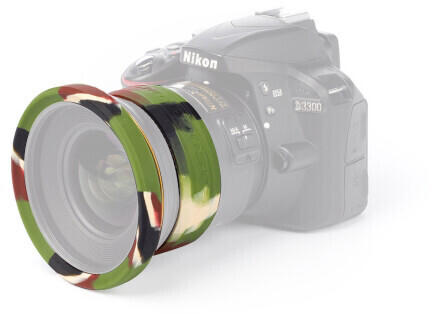
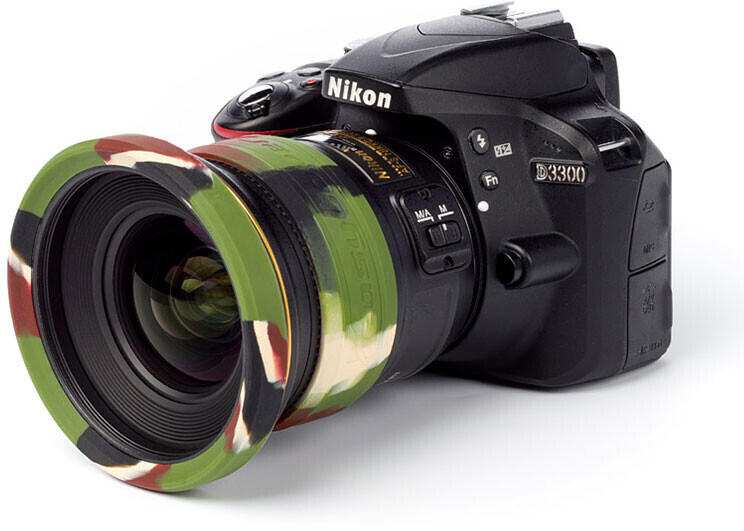
There are a plethora of UV/clear filters available in the market, offering different functionalities and protection levels. It is crucial to review the specifications and ensure compatibility with your lens model before selecting the right filter for your needs.
Variable neutral density filter capability
Variable ND filters allow you to have greater control over the amount of light entering your lens, helping you achieve the desired exposure and depth of field in different lighting conditions. One notable product in this category is the Tiffen Variable ND Filter, which is available in different thread sizes and provides an adjustable ND range from 2 to 8 stops. Another high-quality option is the B+W Variable ND Filter, which offers an ND range from 1 to 5 stops and utilizes multi-resistant coating to minimize reflections and ensure maximum image quality. These variable ND filters are essential tools for photographers and cinematographers who require flexibility in controlling exposure when shooting in various environments.
Some other variable ND filters available on the market include the Hoya ProND Variable Neutral Density Filter series, which features a durable aluminum alloy frame and offers options with ND ranges from 1.5 to 9 stops. For those in search of budget-friendly options, the K&F Concept Variable ND Filter offers an adjustable ND range from 2 to 32 stops and includes a slim filter frame to prevent vignetting. Regardless of which brand or model you choose, having a variable ND filter capability in your lens accessory collection will provide you with more creative flexibility and better control over your photography or videography projects.
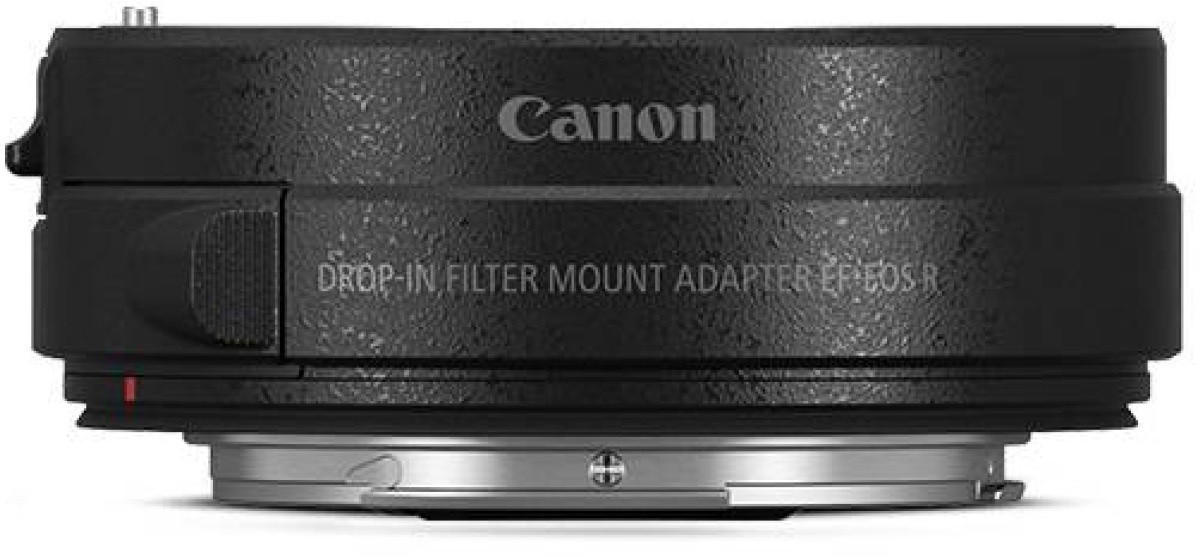
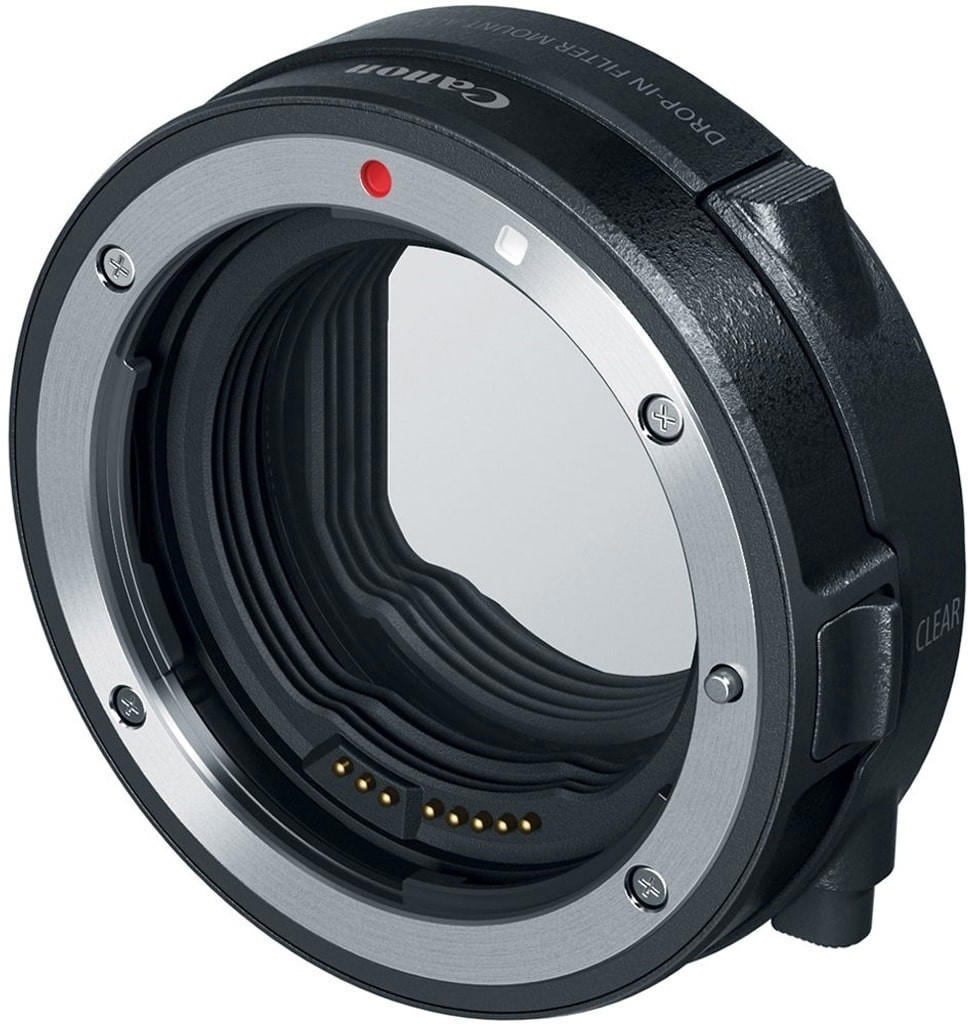
Type of lens coating (anti-reflective, water/oil repellent, etc.)
A good lens coating can improve image quality by reducing reflections, preventing water and oil from sticking to the lens surface, and protecting against scratches. One popular lens coating is the anti-reflective coating, which effectively eliminates glare and minimizes ghosting and lens flare. A trusted product with this coating is the Nikon NIKKOR Z 24-70mm f/2.8 S Lens, known for its Nano Crystal Coat that enhances clarity and color accuracy.
Another important type of coating is the water and oil repellent coating, which makes it much easier to clean the lens and prevents smudges from forming. The Sigma 50mm f/1.4 DG HSM Art Lens is a great example of a lens accessory that comes with a water and oil repellent coating, ensuring hassle-free maintenance.
In summary, the choice of lens coating plays a significant role in determining the quality and convenience of using lens accessories. The anti-reflective coating reduces reflections and improves image clarity, while the water and oil repellent coating makes cleaning and maintenance easier. Products like the Nikon NIKKOR Z 24-70mm f/2.8 S Lens with its Nano Crystal Coat and the Sigma 50mm f/1.4 DG HSM Art Lens with water and oil repellent coating are excellent options for photographers and videographers seeking the best lens accessories on the market.
Anti-dust/splash construction
This feature protects the lens from dust particles and splashes of water, ensuring durability and optimal performance in challenging environments. One notable lens accessory that offers such a construction is the Nikon AF-S DX NIKKOR 18-300mm f/3.5-6.3G ED VR Lens. This lens is equipped with a weather-sealed mount and a protective coating on the front element, which prevents dust particles, moisture, and water from entering the lens and affecting image quality. Another example is the Canon EF 100-400mm f/4.5-5.6L IS II USM Lens, which features a dust- and moisture-resistant construction for effective protection against environmental elements. These lens accessories are recommended for photographers who frequently shoot outdoors or in challenging conditions, providing reliable performance and longevity.
Compatibility with specialized lens accessories (macro extension tubes, teleconverters, etc.)
Macro extension tubes, such as the Kenko Auto Extension Tube Set DG for Nikon AF, allow you to increase the magnification capabilities of your lens, enabling you to capture detailed close-up shots. Similarly, teleconverters like the Canon EF 2x III Extender double the focal length of your lens, giving you increased reach when shooting distant subjects without compromising image quality.
When it comes to compatibility, it is important to ensure that the lens accessory you choose is specifically designed for your camera model and lens mount. For example, the Fotodiox Macro Reverse Ring, available in various thread sizes, allows you to reverse-mount your lens to achieve extraordinary macro shots.
Lastly, some lens accessories cater to specific lens types or focal length ranges. For instance, the Olympus M.Zuiko Digital MC-20 Teleconverter is designed for telephoto lenses in the M.Zuiko PRO series, offering weather-resistant construction and superb optical performance for capturing distant subjects with incredible detail.
In conclusion, when selecting lens accessories, it is essential to consider compatibility with specialized accessories such as macro extension tubes and teleconverters. Be mindful of the specific camera model, lens mount, and lens type to ensure a perfect fit and seamless functionality with your photography gear.
Price
It is important to find accessories that fit within your budget without compromising on quality. One budget-friendly option in the market is the Neewer 52MM Lens Accessory Kit, which includes a wide range of essential accessories like a filter kit, lens hood, lens cap, and cleaning kit. Another affordable option is the Altura Photo Professional Cleaning Kit, which is specifically designed to keep your lens in pristine condition. Some higher-end lens accessories that come with a higher price tag include the Nikon AF-S Nikkor 50mm f/1.8G Lens, which offers exceptional image quality and a wide aperture for low-light shooting, and the Canon EF 24-70mm f/2.8L II USM Lens, renowned for its excellent versatility and professional-grade optics. Remember to carefully consider your budget constraints when selecting lens accessories.

Variety of brands
Each brand offers its own pros and cons, so it is important to weigh your options before making a purchase. Some popular lens accessory brands include Canon, Nikon, Sony, and Sigma.
Canon lens accessories are known for their compatibility with Canon lenses and cameras. They offer a wide selection of products such as lens filters, lens hoods, and lens caps. The Canon EF 50mm f/1.8 STM Lens is a popular choice for portrait photography due to its affordable price and good image quality.
Nikon, on the other hand, manufactures lens accessories that are known for their durability and performance. The Nikon AF-S DX NIKKOR 35mm f/1.8G Lens is a prime lens that produces sharp images and is perfect for low-light situations.
Sony lens accessories cater to the needs of Sony camera users. The Sony SEL85F18 85mm F/1.8-22 lens is known for its fast and silent autofocus capabilities, making it a great option for capturing sports or action shots.
Sigma is a third-party lens accessory manufacturer that offers a wide range of products compatible with different camera systems. The Sigma 35mm F1.4 Art DG HSM Lens is highly regarded for its sharpness and bokeh effects, making it a favorite among professional photographers.
Other notable lens accessory brands to consider include B+W for their high-quality lens filters and Zeiss for their precision optics. Remember to do thorough research on each brand's offerings and specifications before making a decision on which lens accessory brand is the best fit for you.